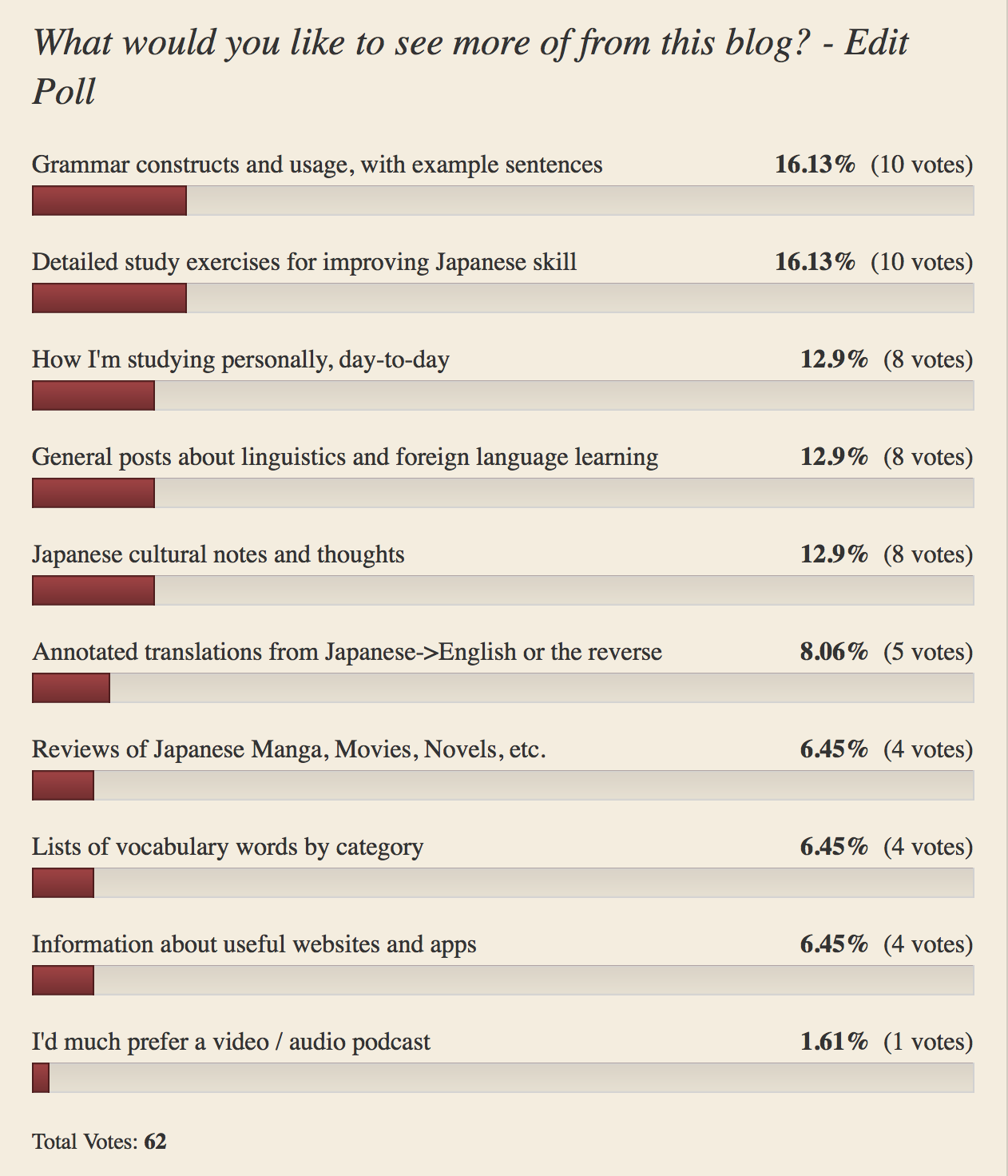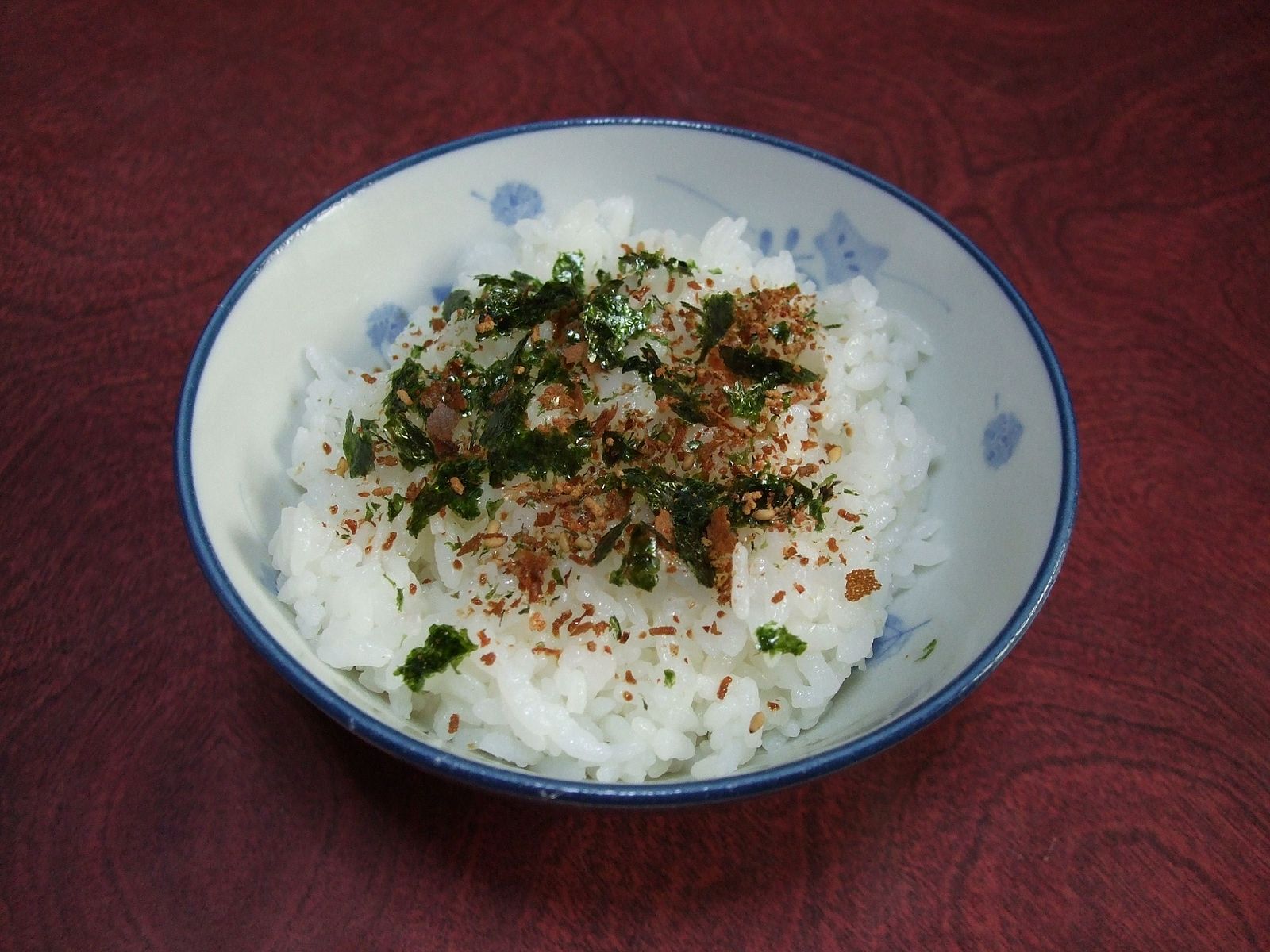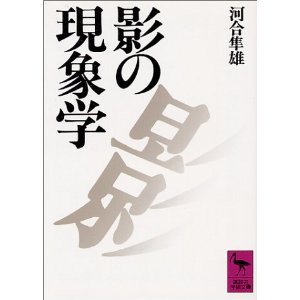Poll Analysis: What would you like to see more of from this blog?
Recently I posted my second poll, “What would you like to see more of from this blog”, and was very delighted to get such a great response, with over 60 people chiming in on their opinions. First let’s took at the most common answers: Grammar constructs and usage, with example sentences [16% 10 votes] Detailed… Read More »




